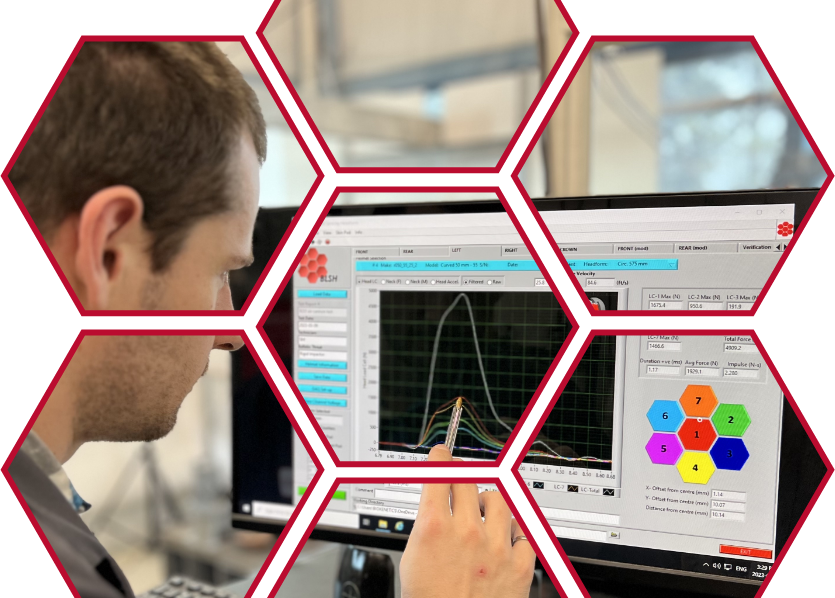Traditional head impact testing consists of a surrogate humanoid headform instrumented with linear acceleration sensors. The headform is arranged to undergo a controlled impact. This might be with a bare headform, such as in a vehicle crash test, whereby the collision surface is evaluated for its ability to limit head acceleration to an accepted maximum limit. In the alternative, the headform may be fitted with a helmet or some other head protective device and the assembly is dropped in guided freefall to strike against a rigid impact surface. In both cases, the linear acceleration time history is measured and compared to a maximum threshold acceleration purported to limit the risk of skull and brain injury to an acceptable level. Over the years, the linear acceleration waveform has been analysed to interpret brain injury mechanisms associated with dwell times, such as the Head Injury Criterion (HIC), Severity Index (SI) and FMVSS 218 Motorcycle helmet standard. But for the most part, simple peak linear acceleration has been used as the threshold metric for most head-protection products.
Peak linear acceleration is not an injury metric per se, but rather a proxy for the maximum force imparted to the headform during the collision, governed by the ability of the protective device to absorb a sufficient amount of the impact energy. As discussed in ‘Rotational Head Impact’, linear force imparted to the headform invariably induces rotational motion, so even if rotational kinematics are not measured, the reduction in linear head acceleration typically has a parallel benefit towards reducing rotational head acceleration. Biokinetics routinely measures linear head accelerations within every test headform, both uni-axial in drop tests and tri-axial for free motion tests. Both can be captured and analyzed using Biokinetics’ BioDAQ software.
Explore Our Innovative Testing Services Today and Take the First Step Towards a Safer Tomorrow

Copyright © 2025 Biokinetics | Acknowledgements | Privacy Policy